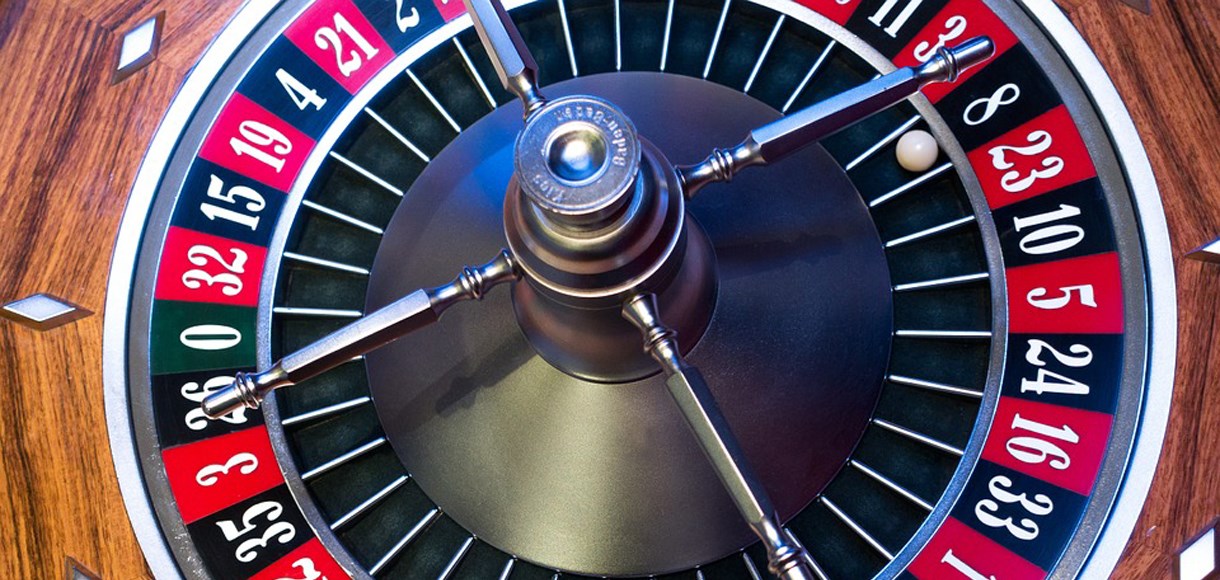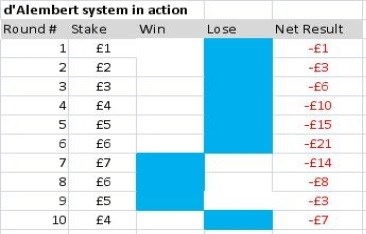Roulette strategy 101: What is the d'Alembert betting system?

Read our guide to the d'Alembert staking plan for online roulette and see if you can boost your bankroll.
A betting system can be a good way of managing your roulette bankroll. At Betway Casino there’re a variety of roulette games online to play.
But is a progressive betting plan like the D'Alembert system worth trying? Let's take a closer look at this age-old staking system to see if it still works today.
What is the D'Alembert System?
The D'Alembert system is named after Jean-Baptiste le Rond d'Alembert, a French mathematician who lived in the 18th century.
While d'Alembert was known for his breakthroughs in physics, his assumptions about equilibrium in numbers were less well-proven.
Like the Martingale method, the D'Alembert system is based on bets placed on even-money areas of the table (Red/Black, Odd/Even, 1-18/19-36, etc). Instead of doubling the stake after a losing bet, as in the Martingale, one unit is added to the player's stake. After a win, the stake decreases by one unit.
The system places a lot of trust in a roughly equal number of reds appearing as blacks, odds as evens, and so on. But with the house edge added, the odds are always in the house's favour.
How the d'Alembert works in Roulette
With the D'Alembert, all bets are placed on even-money sections. These pay out 1/1. For our example, we've used European Roulette.
First, decide on a base unit stake: say, £1. If the bet loses, the next wager is £2. If that loses, it becomes £3, and so on. If you won your £3 bet, you following bet would drop to £2.
The Reverse D'Alembert can also be employed. Here, players increase their bets by one unit after a win and decrease it by one following a losing spin.

Advantages to the d'Alembert system
The biggest advantage of D'Alembert is that it keeps a handle on your streaks, in the short term at least. You're not doubling your stakes on each losing bet, as in the Martingale, and things do even out if you win as many spins as you lose.
In our above example, for instance, a run of winning spins from games 11-15 would leave you in profit - just. And after six losing spins in a row, your losses are just 21x your base stake. The same losing run with Martingale would leave you in the red by £63.
While D'Alembert himself was fond of the notion of equilibrium, he also understood streaks. In roulette, as in any gambling game, players can go on long hot streaks and bad cold ones.
Disadvantages to the d'Alembert betting plan
Losing streaks happen to all gamblers from time to time. The D'Alembert isn't immune to this, and even increasing the stakes by one unit can result in big losses if you have some bad luck.
But cold streaks can go on a long time in roulette, and one has to factor in the house edge. Roulette gives an inherent edge to the house because the green zero (0 - or double zero in American Roulette) will make all even-money bets lose.
Over time, roulette players will statistically lose cash to the casino. In European Roulette, it is 2.7 per cent, or £2.70 for every £100 wagered. In American Roulette that becomes 5.26 per cent - £5.26 on average for every £100 bet.
One way to get round the streaks is to slightly increase the base unit rule. For example, instead of increasing the unit by 1 on each losing spin, you can increase it by 2 or 3.
Using D'Alembert's system on alternative casino games
The D'Alembert was devised to use on bets that offer a 50/50 outcome, or as near as the game will allow.
But it's not just online roulette that the system can be used on. If you love Craps, you can alter your base unit up and down by playing the Pass or Don't Pass wagers. These also pay 1/1.
In Baccarat, the betting is so simple that the D'Alembert can be utilised on either Player OR Banker bets.
Finally, classic blackjack games with a low house edge can be played with a D'Alembert approach. If you beat the dealer, decrease your stake; increase it by one if you lose, and keep it the same if the hand is pushed.




































